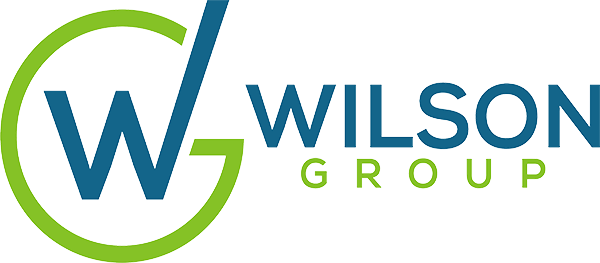Talent Acquisition and Management
One of the reasons employees either leave or cut short the hiring process is because there is a lack of career paths or career development opportunities. Regardless of size, many organizations recognize the talent competitive advantage of providing clarity to employees regarding their job function, level and opportunity for growth.
Career paths have other applications in talent management. Career paths enable the organization to perform succession planning to ensure there is enough or the right bench strength. Career paths also communicate the skills, competencies or experience needed to move to the next level. When this is aligned with a development plan, employees will have the right exposure to what they need to know in order to progress, and the organization’s skill gaps will be diminished.
Compensation
From a compensation perspective, career paths facilitate the ability to align the organization’s jobs with compensation surveys and thus a more accurate market rate of pay. This is because many salary surveys collect and report on multiple levels of job functions, such as entry, intermediate, senior, expert and master level engineers or scientists. In compensation, we may refer to career paths as job architecture or framework. These are preestablished job functions and levels that are established and available to use due to a business need or to fill talent gaps. It makes compensation more efficient and prepared. Organizations with these structures tend not to be weighed down in requests to review and reevaluate jobs to the next grade or level, because the next level is already defined and available if supported by the manager.
Steps to Development
In order to define and document your organization’s career paths, do this:
1. Define career categories to include Managers, Professionals and Support level employees
2. Create and define job families, sub-families and career paths
- Job Family is a major organizational function, such as manufacturing, finance, operations, etc.
- Sub-family is a more detailed breakdown of smaller functions within the major function
- Career Paths are a group of jobs that employees can progress to one or more higher levels and still perform a similar role
3. Within each job family, determine the number of job levels by category. For example, it may be appropriate to have six levels of engineers while human resources does not need more than three.
4. Describe and document the criteria that reflect the career leveling. Ideally this is done by function. For example, engineer versus scientist – each have specific criteria for each professional level. More commonly, there is technical and non-technical career paths.
5. Review and update the job titles based on job titling nomenclature so that level and function of the job is easily communicated in the titles. Do not cross categories in assigning titles, e.g., the common use of the title for a support role should be different for a professional.
6. Map current employees to the new role levels and titles. Test the criteria and validate the mapping with managers.
7. Compare to current employee job titles and determine a strategy to implement. Title and level changes should be implemented carefully to create positive rather than negative situations.
Need help with completing these steps? We’d love to partner with you.


